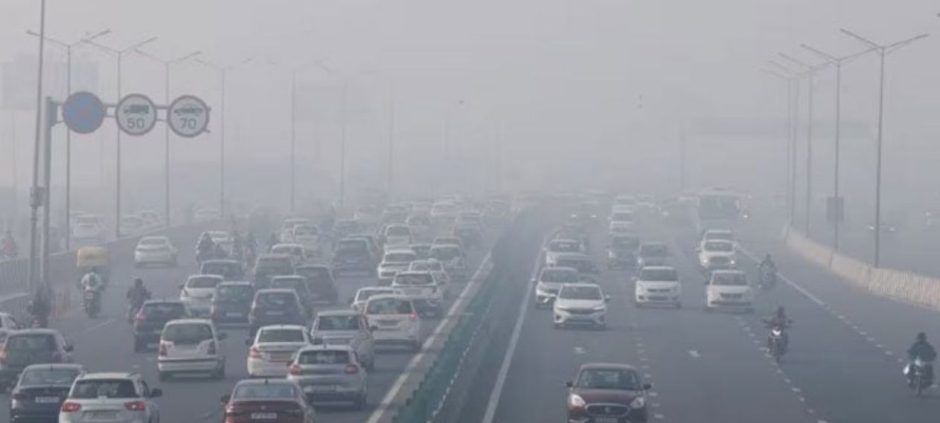Thick smog and toxic air have once again blanketed several cities across Punjab, severely reducing visibility and pushing air quality to dangerous levels. Lahore, Faisalabad, and Gujranwala are among the worst affected areas, with pollution levels far exceeding global safety limits.
Environmental monitoring stations reported that particulate matter (PM2.5) concentrations have surged to nearly ten times higher than WHO’s recommended levels. The air has become so polluted that many residents are experiencing breathing difficulties and eye irritation.
Health officials have issued warnings, urging citizens to wear masks and limit outdoor activities, especially for children and the elderly. Hospitals have reported an increase in patients suffering from respiratory illnesses and throat infections.
Authorities have blamed industrial emissions, vehicular smoke, and seasonal crop burning as the main causes behind the deteriorating air quality. However, enforcement of pollution control measures remains weak across the province.
The Punjab government has announced the closure of schools in heavily affected districts and is considering temporary traffic restrictions to reduce emissions. Emergency response teams are also distributing masks in high-risk areas.
Experts have urged the government to implement long-term environmental reforms, emphasizing cleaner fuel use, public transport expansion, and stricter industrial regulations to combat recurring smog crises.
Read more: Ex-Premier Shahid Khaqan Abbasi ‘Stable’ After Heart Procedure











